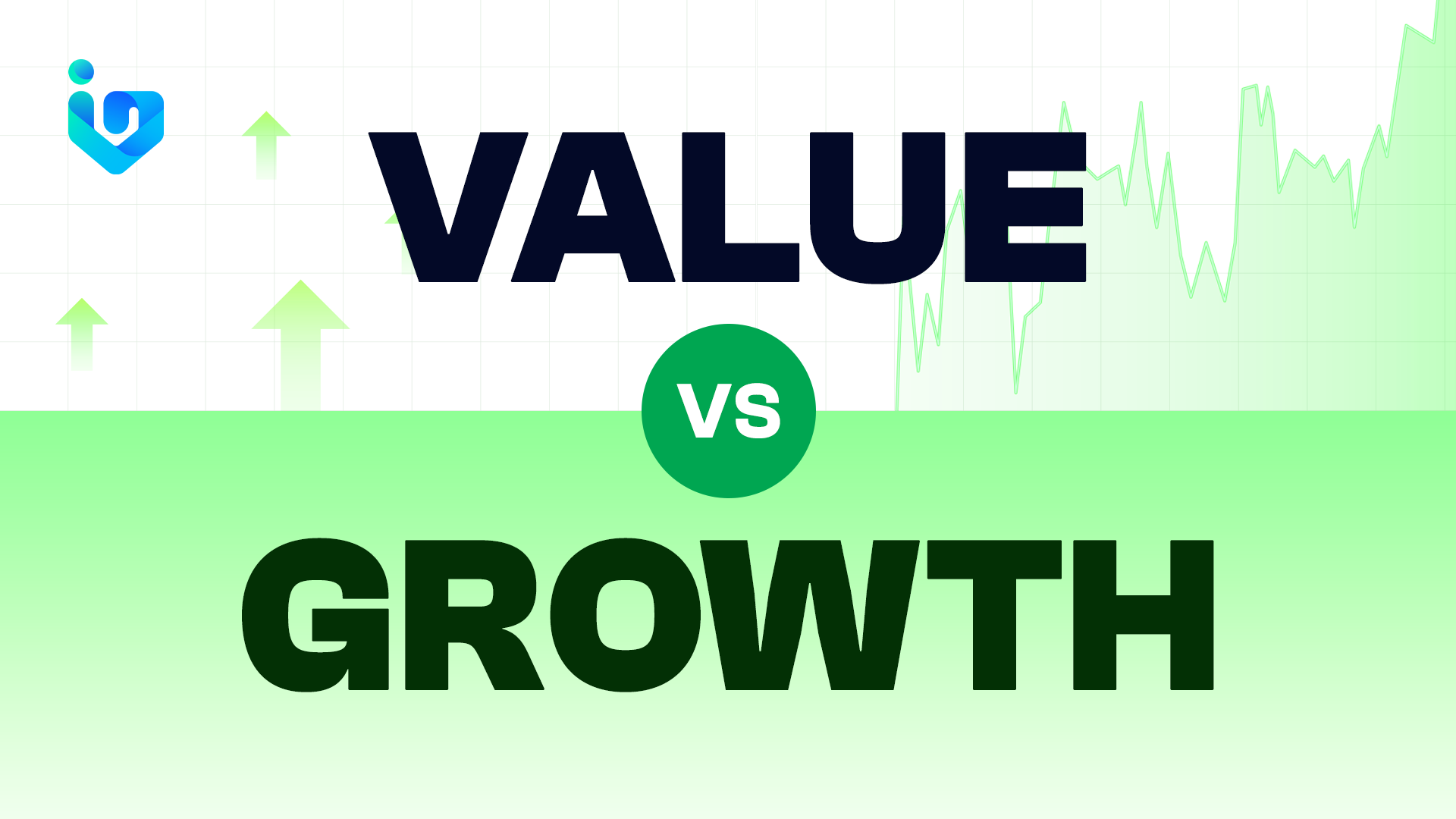Value Investing and Growth Investing are the two common approaches to investing. Both techniques have advantages and disadvantages. Investors should select a strategy that matches their investment objectives and risk tolerance. Understanding underlying concepts of each approach and making informed investment decisions are the keys to successful investing.
Let us look at what they are as well as their advantages and disadvantages.
Value Investing
Value investing is an investment strategy that selects stocks undervalued in the market. The stocks chosen in Value Investing are picked based on their intrinsic value. A firm’s assets, earnings potential, and growth possibilities are a few of what determines its inherent or intrinsic value. Value investors often seek firms with low price-to-earnings (P/E). They also look at price-to-book (P/B) ratios. These metrics assist Investors in identifying stocks that trade at a discount to their true value. Value investing also focuses on companies with a strong financial position, stable earnings, and a history of paying dividends.
When should you use Value Investing?
Value investing can be a good investment strategy for individuals taking a long-term perspective on the market. Value investing is also promising for investors willing to do intensive research about a company. Generally, it would be wise for an investor who practices value investing to purchase undervalued stocks. Here are three situations that lead to stocks becoming undervalued:
- Harmful News – Even good businesses endure setbacks such as lawsuits. Just because a firm has one unfavorable occurrence does not mean it can not recover. In some cases, a company’s segment or division is the reason for the dent in the company’s profitability. Value investing will be an excellent strategy if you believe the company can bounce back.
- Market Crashes – There are moments when the market reaches an astonishing high and would then experience a massive pullback. This rapid escalation of market value following a sharp decrease or contraction is a crash or bubble burst. Some stocks decrease in value way more than their intrinsic values. Value investing has the due diligence to research which stocks these are and invest in those stocks.
- Market Trends and the Herd Mentality – Some investors invest irrationally, relying on psychological prejudices rather than market fundamentals. Herd mentality develops when large numbers of investors all make the same judgments and investing decisions. This could lead to a decrease in the value of a stock. A herd may decide that a stock is overpriced and sell aggressively until its price gets undervalued. This is where value investing is most advantageous. Value investors may buy the stock at a discounted price if they deem it would go back up.
Growth Investing
The purpose of growth investing is to find firms likely to develop faster than the market as a whole. Investors that observe growth investing usually buy growth stocks. Small companies with predicted faster earnings growth than the entire market are growth stocks. As the companies grow and become profitable, their stock price will increase. The goal of growth investing is to profit from capital gains resulting from the company’s growth. While growth investing can offer the potential for high returns, it is also a high-risk strategy. Companies with excellent growth potential may not always fulfill their profit goals or encounter unexpected hurdles. Growth investors must frequently have a long-term vision and be able to suffer short-term stock price volatility.
When should you use Growth Investing?
Growth investors often seek firms that operate in emerging industries or have created breakthrough technology with solid growth potential. There are no set formulas to identify and evaluate growth stocks. Individual interpretation is required based on objective and subjective factors and personal views. Here are some methods growth investors use to evaluate a growth stock.
- Industry analysis – Investors can analyze industry trends to identify stocks suitable for growth investing. Investors might discover firms with the potential for significant profit growth by identifying developing industries.
- Research reports – Investors may also rely on research reports from investment banks, brokerage firms, or independent research organizations that cover certain companies. These analyses may give valuable insights into a company’s and its industry’s prospective development opportunities. It could also reveal the dangers and problems that it may encounter.
- Company analysis – Investors can find growth stocks by thoroughly researching specific firms and their financial records. This analysis may involve examining revenue growth, profit margins, return on equity, and debt levels. It may also include evaluating the company’s management team, competitive position, and growth prospects.
Value Investing? Growth Investing? Or Both?
Generally, value investing is a long-term strategy that entails discovering and investing in discounted stocks. Investors do this hoping their actual worth will be realized over time, resulting in capital gains. Meanwhile, growth investing involves buying stocks in companies expected to experience significant growth.
Long-term investors may combine growth and value stocks or funds for the possibility of significant returns with lower risk. This strategy allows investors to profit across economic cycles in which general market conditions favor either the growth or value investment styles, smoothing any returns over time. This also means diversifying your portfolio among many types of stocks. Investors can obtain greater long-term returns while decreasing the influence of any single stock or sector on their portfolio.
Indeed, a balanced approach to value and growth investing is a great way to accomplish your financial goals.
Nahihirapan ka ba sa trading?
Improve natin ang trading experience mo with our SULIT PSE Data + Prime Access! Get access to:
Real-time PSE Data Level 1
Easy stock picks through our market leaders
Signals sa breakouts, breakdowns, volume spikes at iba pa
No hassle payment na din dahil may 3 and 6 months plans available na! For as low as P324/month only
